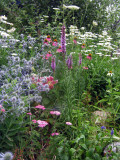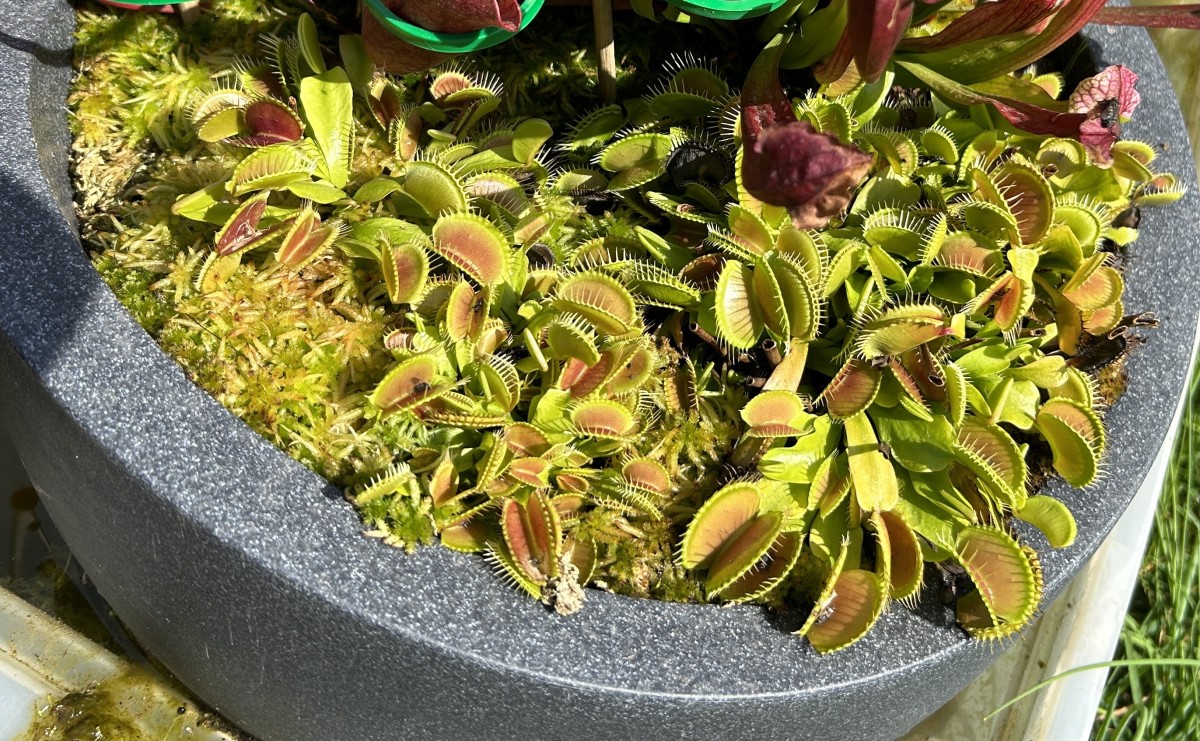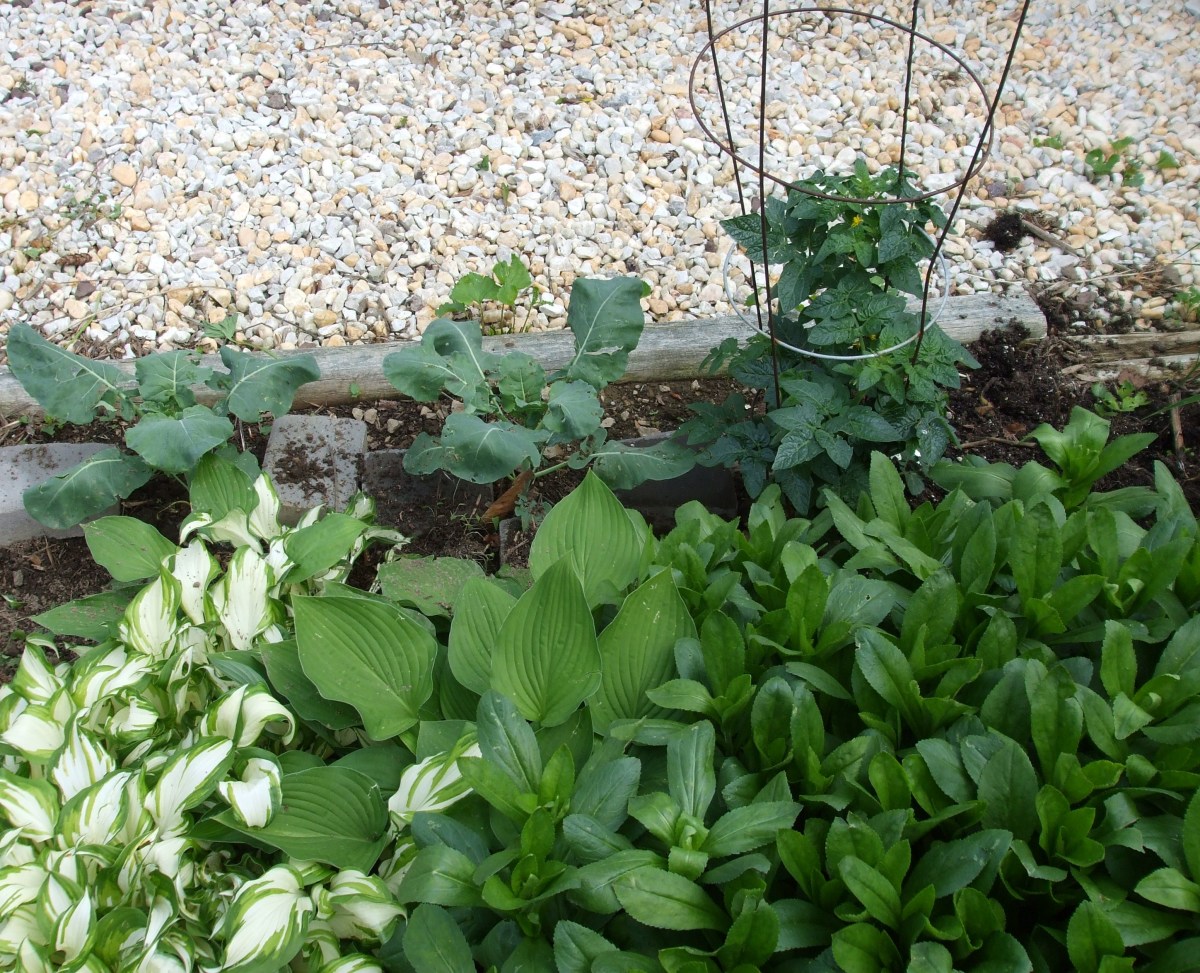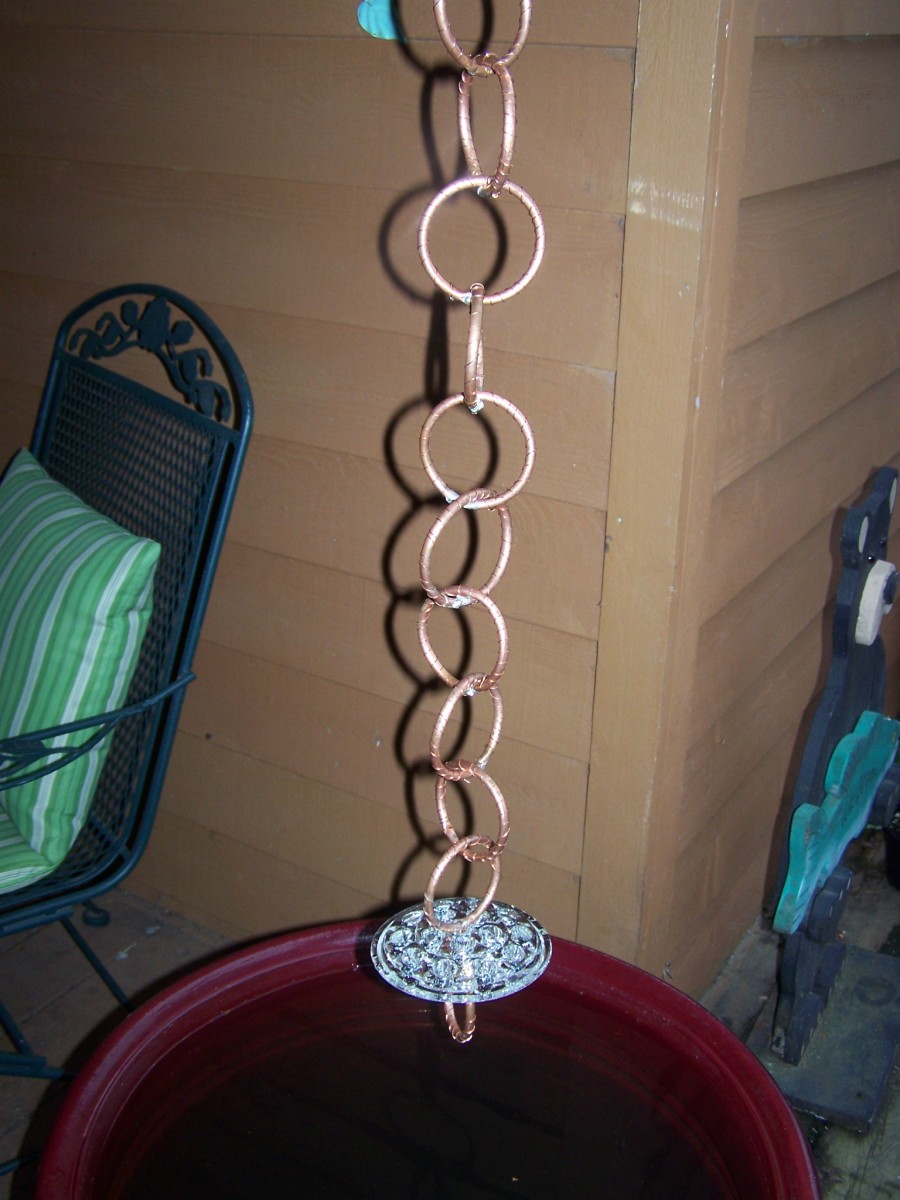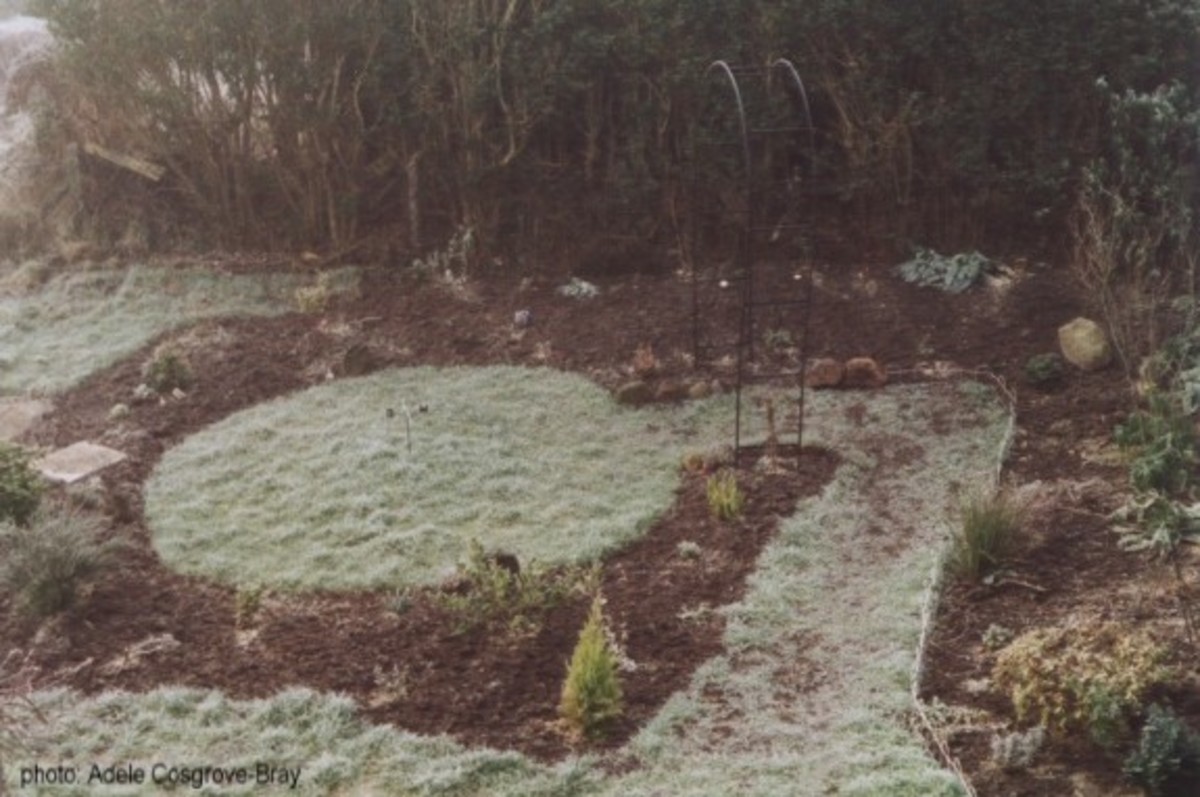How to Design a Garden: A Beginners Guide to Working in Five Dimensions
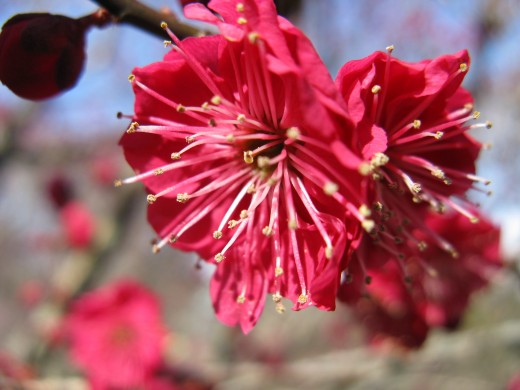
The Challenge of Garden Design
Most designers work in four dimensions. Take interior designers as an example. They work with length and breadth to develop a floor plan, but must also consider height. Height of ceilings, height of chairs, tables furniture in general. Once they’ve worked out what is required, it’s time to tackle design's fourth dimension, not time, as scientists would have you believe, but texture/color.
In comparison, garden design seems simple. Buy plants. They’re mostly green. Put the tall ones at the back and be sure to buy enough to fill your space. You deal with Length, breadth, height and color. It’s just seems the same, but in reality there is another dimension to garden design. Landscapers work in at least five dimensions: length, breadth, height, color and time. And that’s without considering soil quality, light level or scent. A garden designers life is not a simple one!
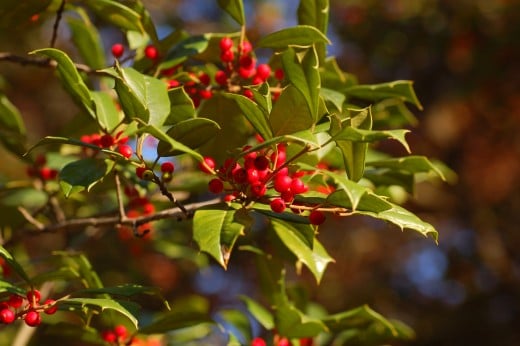
Why Time is Important in Garden Design
Why time? Because there’s often a huge difference in size between a plant as bought from a nursery and when it has reached its full size. If your plant is evergreen, it may look much the same throughout the year and for this reason evergreens often form the backbone of a garden design, but the details require color, and that varies with the seasons. So how do you plan something that changes?
If you have a large garden, the problem can be simplified. Plan your garden so that each area stands out at a particular time of year. You can plan a bed to include only spring bulbs or summer flowering plants, but most of us want to find a lovely view from our windows all year round, so feature beds need to be planned with four season interest.
Plants to Consider
Here’s a rough guide to some of the plants you may want to look at. By no means exhaustive, it includes many of my favorites, often chosen because they provide two season color, or simply because I really like them!
Winter:
- Evergreen trees and shrubs. Holly (for berries) Evergreen Viburnam
- Witch Hazel
- Deciduous shrubs with colored stems or berries in winter - Viburnam, Cornus
- Hydrangeas These don’t flower in winter, but their heads, if left intact, can look very decorative covered in frost and snow)
- Winter flowering Apricot (zone 6b and further south)
- Flowering bulbs - crocus, snowdrop, glory of the snow.
Spring:
- Flowering bulbs - daffodill, tulip, hyacinth
- Flowering Quince
- lilac
- honeysuckle
- clematis
- Astilbe
Summer:
- Iris
- Crape Myrtle
- rhododendron
- azalea
- viburnum
- hydrangea
- roses
- Astilbe
Fall
- snowberry
- viburnam (foliage and berries)
- oak leaved hydrangea
- chrysanthemum
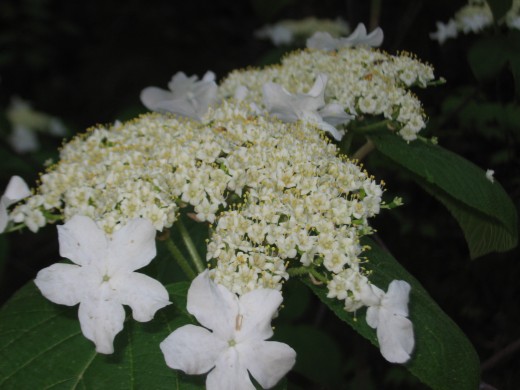
How to Design Your Garden For the Seasons
Take a look out of the window. Plan your bed or border to provide a view. Once you know where your bed will be, take a good hard look at the soil and the light level. If there is a spot where you’d like something tall, but worry it would be too dark, that’s the spot for a statue or sculpture as well as some form of garden lighting. You don’t have to have an expensive outdoor lighting system, LED bulbs use very little power and have made solar powered outdoor lights perfectly practical. If you do add a sculpture, this will be the focal point of your bed or border. If not, consider what your focal point would be AND how it will change through the seasons. An evergreen tree, lit by a spotlight and placed next to a decorative bench is another good idea for a focal point. Planning and planting is hard work. Make sure you have somewhere to sit and enjoy your efforts.
Go through the plant catalogues and mark off the plants which fit the conditions of the area you have set aside. Will the plants get full sun, or grow in the shade? Is your soil strongly acid? If you don’t know, try to find out. You can buy simple devices to test the acidity of your soil, ask your neighbors, or just look at the sort of plants that grow where you live. This will often give you a clue.
If you select plants from a catalogue, you should find it easy to get information about their eventual height and width, how far apart to plant them and the month you can expect them to bloom. Draw up a scale plan of the bed you aim to plant and consider its position. Begin with the focal point and the plants which will be the tallest. How will your bed be seen? From one side only? Put the tallest plants at the back. If your bed will be an ‘island’ which you can walk round, the tallest plants and the focal point should be in the center.
Single species beds. If you find that one plant seems to fit your requirements precisely, take a look at other varieties. They will often like the same conditions, but almost every type of plant comes in many variations, you may find you can plan a whole bed of, for example, holly, using different varieties to provide height, ground cover and berries of different colors.
To make sure your garden has some color in the winter, build the skeleton of your design from evergreen plants and be sure to vary the foliage, there’s a surprisingly wide choice of colors and textures, from glaucus (blue green) to gold (aura) to silvery grey. If possible, look for an evergreen that flowers or produces berries. Now go through the plants you found for your area and narrow the choice down to those that provide something you want. It might be a particular color, or it might be beautiful autumn foliage. Again, considering the final height of your plants, place them into the design.
Once you have something you feel is complete, make four copies, one for each season. Now go through you plan and color in the plants which will provide color in each season. If you want to do this in a really detailed way, make a plan for each month. This will make it easy to see where the plan has to be changed.
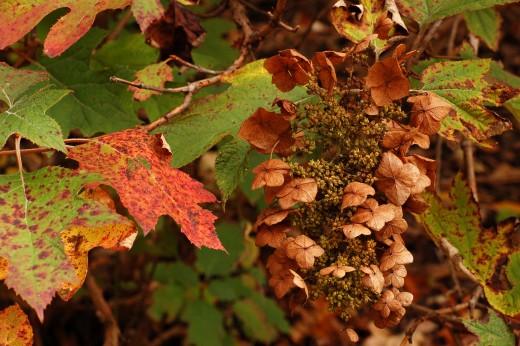
Seeds to brighten your garden
How to Create a Garden on a Budget
Cost is always an issue when planning a garden. When the ground is bare, you may want to buy larger plants to form your ‘skeleton’ add more small plants as you fill out your planting plan each year. You will find there are many ‘holes’ in your beds as it can take many years for your plants to reach their final size. Fill these spaces with annual plants, or if your budget is really tight, buy seeds. You can raise these yourself indoors and plant them out when the weather is warmer, or you may simply be able to scatter seeds directly on the flower bed. Some plants will grow as long as they have light and water, they don’t need much effort from you. One of my favorites is nasturtium. Buy seeds and scatter them on the soil. As long as birds don’t get the seeds, you’ll be rewarded with a great display.
Please take our poll
If you could have only one flower in your garden, what would it be?
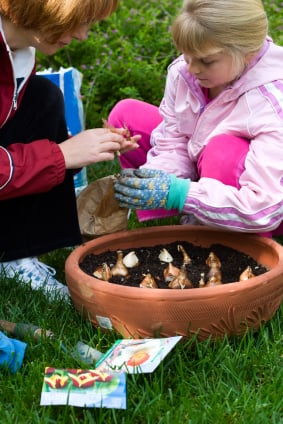
How Long Does it Take to Create a Garden?
A garden is a long term project. You can speed it along by buying large, specimen plants, but this is always more expensive. If you don't have a lot of patience, go through your plant choices. Some varieties grow far more quickly than others. You may be able to use fast growing plants to fill holes and the remove them once your garden matures.
I planted a slow growing climbing hydrangea in my garden and was really frustrated by it. Just an inch or so of growth and no flowers. So I added a pot filled with humulus lupus, the flowering hop. Hops grow so fast you can almost see them do it, but they also die back in the wintertime, so as your 'proper' plants grow, you can remove them. After 8 years my hydrangea matured into a fabulous plant, tucked in a shady corner of the garden which it filled with colorful pale green leaves and stunning white flowers. There was even a lovely scent. It was worth waiting for.
Children don’t have the patience to wait five or ten years for a small plant to develop into a lovely tree, but they do get great enjoyment from planting seeds and bulbs, so if you are building a garden, get your children involved. In later years, they’ll thank you for it.
Why Design a Garden?
Garden planning may be the most difficult of all design projects because the materials used are alive and growing. Please don’t view this as a problem. It is a great thing to give life to a garden, and one of the most satisfying activities I know.
Places to Buy Plants and Get More Information
- Flowering Trees - Crepe Myrtle Trees | Crimson Pointe Plum | Redbud Trees - Willis Orchard Company
At Willis Orchard Company, we are pleased to offer a wide selection of flowering trees including American magnolia trees, catalpa tree family, Chinese fringe tree, crepe myrtle trees, crimson pointe plum, dogwood trees and many more at affordable pri - Large Shrubs - large shrub varieties
A listing of large shrubs. We offer several large shrub varieties. - Fairweather Gardens: Trees, Shrubs and Perennials of Distinction
- White Flower Farm: The premier American source for plants, shrubs, bulbs, and gardening supplies del
Gardening Gifts, Superb Perennials, Amaryllis, Annuals, Flower Bulbs, Gardening Tools, Gifts for Gardeners, Gifts Gardening, Gardening Tools, Gardening Accessories, Houseplants


